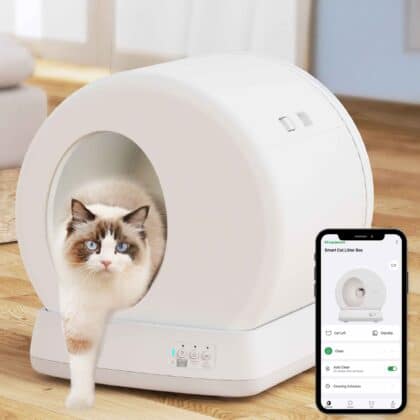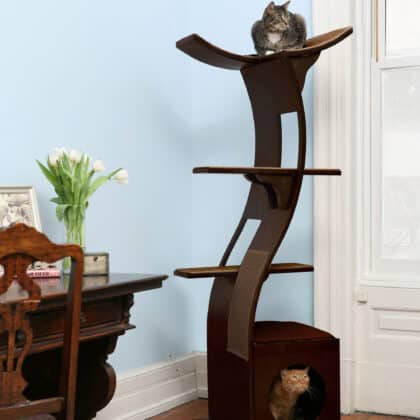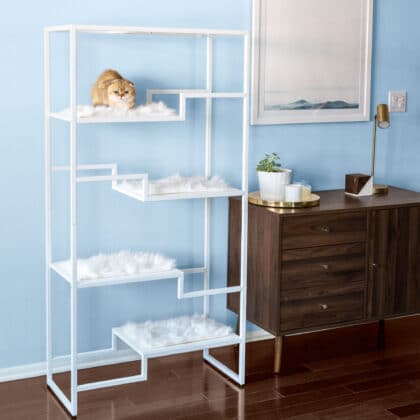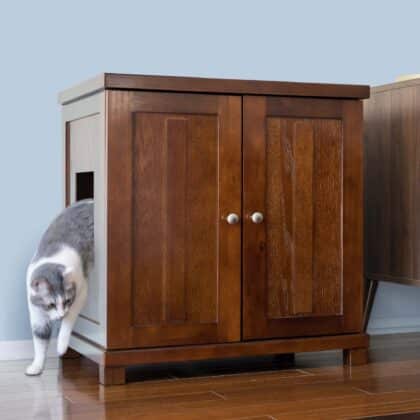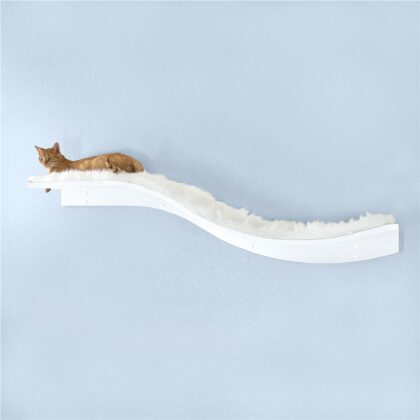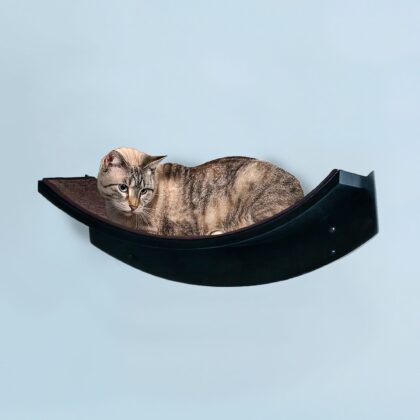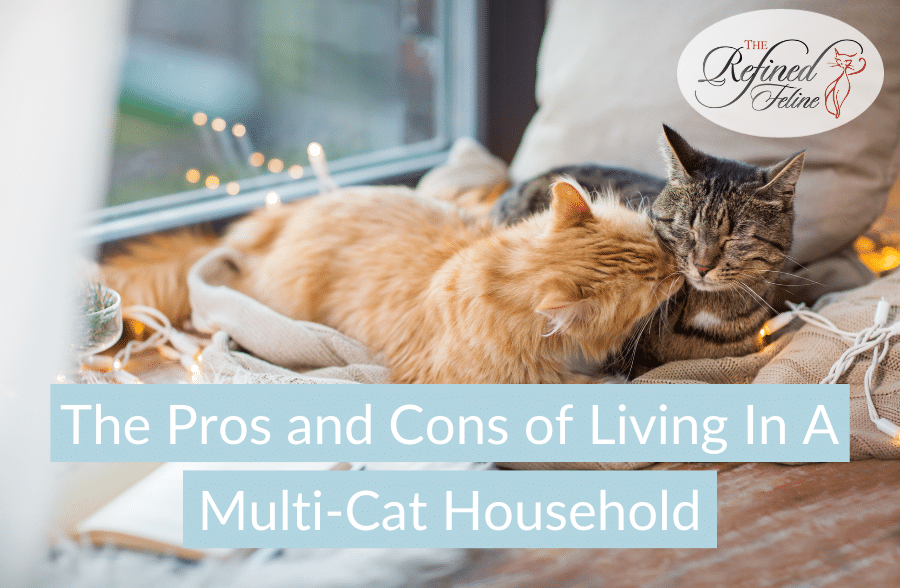
The Pros and Cons of Living In a Multi-Cat Household
Cats are known for their independent nature, but they can also enjoy and benefit from the company of their fellow felines. For cat lovers, the idea of a multi-cat household can be particularly appealing. However, like any major decision, it’s essential to weigh the pros and cons before opening your home to multiple cats. In this article, The Refined Feline will explore the advantages and challenges of living in a multi-cat household.
Pros of a Multi-Cat Household
- Companionship for the Cats
Cats are often perceived as solitary creatures, but they can enjoy and benefit from feline companionship. In a multi-cat home, cats have the opportunity to play, socialize, and bond with each other, which can be especially beneficial if the cats are of similar age or energy levels.
- Enhanced Mental Stimulation and Physical Activity
Multiple cats can encourage more play and interaction, providing each other with mental stimulation and physical exercise. They can engage in mutual grooming, play-fighting, or chasing, which are important for their physical health and mental well-being.
- Reduced Boredom and Behavioral Issues
Having more than one cat can help reduce boredom, especially for indoor cats. The presence of other cats can lead to a more dynamic and stimulating environment, potentially reducing stress-related behaviors like over-grooming or destructive scratching.
- Learning and Socializing
Kittens learn social cues and behaviors from older cats. In multi-cat homes, younger cats can benefit from the presence of an adult cat who can teach them about proper cat behavior and boundaries.
Cons of a Multi-Cat Household
- Territorial Disputes and Aggression
Cats are territorial animals, and introducing a new cat into a home can lead to stress and aggression if not handled properly. Territorial disputes can result in fighting, spraying, and other unwanted behaviors.
- Increased Cost of Care
More cats mean higher costs. This includes food, litter, vet bills, and potential pet insurance. It’s important to consider whether you can financially support multiple cats.
- Health Management
Managing the health of multiple cats can be challenging. Illnesses can spread more easily in multi-cat households, and it can be harder to monitor individual health and behavior changes.
- Space and Resources
Ensuring enough space and resources for each cat is crucial. This includes multiple feeding stations, litter boxes, and resting areas. A lack of resources can lead to competition and stress among cats.
Creating a Harmonious Multi-Cat Household
If you decide to have multiple cats, there are ways to create a harmonious environment:
- Proper Introduction
Introduce new cats gradually and carefully. Keep them separated initially and slowly introduce them to each other’s scent before face-to-face meetings. This process can help minimize aggression and stress.
- Provide Ample Resources
Ensure there are enough resources to prevent competition. This includes having more litter boxes than the number of cats, separate feeding areas, and ample resting and hiding places. Furniture like The Refined Feline’s Lotus Cat Tower can provide multiple cats with their own space to climb and rest.
- Regular Vet Check-Ups
Regular veterinary care is crucial to monitor and maintain the health of all cats. Keep up with vaccinations, flea and tick prevention, and regular health screenings.
- Monitoring Interactions
Pay close attention to how the cats interact. Look for signs of stress or aggression and be prepared to intervene or adjust living arrangements if necessary.
- Meeting Individual Needs
Every cat has its personality and needs. Spend individual time with each cat and be attentive to their specific needs, whether it’s playtime, quiet cuddling, or alone time.
Balancing Attention and Affection
In a multi-cat household, balancing attention and affection to ensure no cat feels neglected is essential. Cats can become jealous or stressed if they perceive a lack of attention, leading to behavioral issues.
- Individual Bonding: Spend quality time with each cat individually. This can be through play, grooming, or simply sitting and petting them.
- Group Interactions: Engage them in activities that they can participate in together, like interactive toys, to promote a sense of community among the cats.
Environmental Enrichment
Providing an enriched environment is key in a multi-cat home. This goes beyond basic needs and focuses on stimulating their natural behaviors and providing comfort.
- Vertical Spaces: Cats love vertical spaces as they provide a sense of security and territorial control. Products like cat towers or wall shelves can offer cats their own space even in a shared environment.
- Hiding Spots: Having several hiding spots can help more timid cats feel safe. These can be in the form of cat beds, boxes, or even special furniture designed for cats to hide in.
Related: Creating A Cat-Friendly Living Space
Managing Litter Boxes
One of the biggest challenges in a multi-cat household is managing litter boxes. The general rule is to have one more litter box than the number of cats.
- Strategic Placement: Place litter boxes in different locations around the house to prevent territorial disputes and provide privacy.
- Regular Cleaning: Litter boxes should be cleaned regularly to maintain hygiene and encourage use.
Nutritional Considerations
Feeding multiple cats in the same household requires careful planning to ensure each cat’s dietary needs are met.
- Separate Feeding Areas: Feeding cats in separate areas can prevent food aggression and overeating.
- Monitor Eating Habits: Be aware of each cat’s eating habits to quickly identify any changes that could indicate health issues.
Behavioral Monitoring
Monitoring the behavior of each cat is vital in a multi-cat household. Changes in behavior can be the first sign of stress or illness.
- Observation: Regularly observe how your cats interact with each other and watch for any signs of bullying or avoidance.
- Professional Help: If behavioral problems arise, don’t hesitate to seek advice from a veterinarian or a cat behaviorist.
Benefits of Multi-Cat Households
Despite the challenges, there are undeniable benefits to having multiple cats:
- Companionship: Cats provide each other with companionship, reducing loneliness especially when human family members are not at home.
- Play and Exercise: They can encourage each other to engage in play, which is important for their physical and mental health.
Conclusion
Living in a multi-cat household can be a deeply rewarding experience, offering benefits to both the cats and their owners. However, it also comes with its challenges. It requires careful consideration, preparation, and commitment to providing a healthy, happy, and harmonious environment for all your feline family members. By understanding and preparing for the potential challenges, and with thoughtful care and management, you can create a loving and enriching life for your multiple cats.


